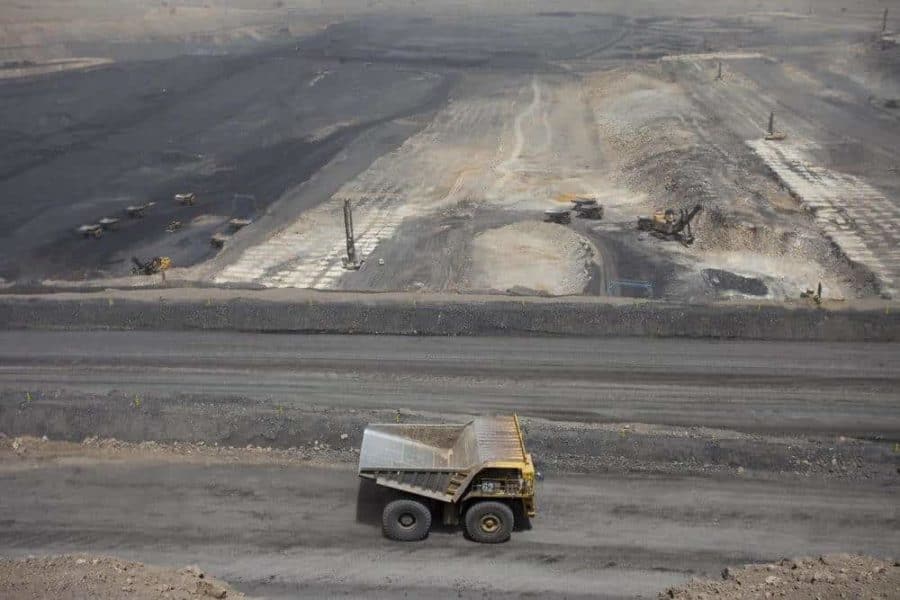China, already the world’s leading emitter of human-caused greenhouse gases, continues to pump increasing amounts of climate-changing methane into the atmosphere despite tough new regulations on gas releases from its coal mines, a study shows.
China is the world’s largest producer and consumer of coal, which accounts for approximately 72 percent of the country’s electricity generation. While data show that coal production has increased in China, it has been unclear until now much methane gas, or CH4, has increased. Methane that is released during coal mining is responsible for the majority of coal-related CH4 emissions and is likely the largest human-caused CH4 source in China.
“Our study indicates that, at least in terms of methane emissions, China’s government is talking the talk, but has not been able to walk the walk,” says Scot Miller, an assistant professor of environmental health and engineering and of earth and planetary sciences at Johns Hopkins University. He is the first author of the study, which is described today in the journal Nature Communications.
To examine how China’s methane emissions trended from 2010 to 2015, Miller’s research team used data from the Greenhouse Gases Observing satellite, a satellite launched by the Japan Aerospace Exploration Agency in 2009 that collects observations of atmospheric methane and carbon dioxide. It is one of the first satellites to measure methane and carbon dioxide with enough precision and accuracy to provide a robust view into greenhouse gas emissions at the Earth’s surface. The satellite’s nearly decade-long record of observations provides researchers with the opportunity to examine annual trends in greenhouse gas emissions across the globe.
While other studies have used satellite data to focus on individual regions like India or on individual years, this is the first time the satellite’s observations have been used to focus specifically on trends in China’s methane emissions.
The research team found that methane emissions in China rose by approximately 1.1 teragrams each year from 2010 to 2015, resulting in about a 50 percent higher level of annual CH4 emissions by the end of the period. The increase is comparable to total emissions from countries like Russia or Brazil.
Additionally, the researchers found that this increase from China accounts for 11 to 24 percent of the world’s total increase. This increase is consistent with trends prior to China’s 2010 policy implementation, which suggests that the country’s regulations haven’t been effective in slashing methane emissions.
“China has received a lot of press coverage over the past few years for its efforts to enact greenhouse gas regulations and its efforts to become a leader on climate change,” Miller says, “but the numbers show that China’s methane regulations, in particular, have not had any detectable impact on their emissions.”
Some barriers to implementing these coal mine methane policies include subpar technology that cannot drain the methane in high-enough quality to be used or a lack of pipelines that could transport the methane from mines to power plants or central heating facilities. Looking forward, Miller’s research team will examine how China can most effectively implement its methane emission policies and improve air quality.



Sorry “man made” global warming, aka “climate change” is a fraud. China has every right to use coal for it’s power plants and to improve the quality of life of its one billion people. There is no evidence that CO2 nor methane have any significant effect on worldwide temperatures. There has been no significant increase in average temperatures over the last 18 – 19 years. The hottest decade was the 1930’s long before CO2 levels when up from a microscopic 0.03% to 0.44% currently.